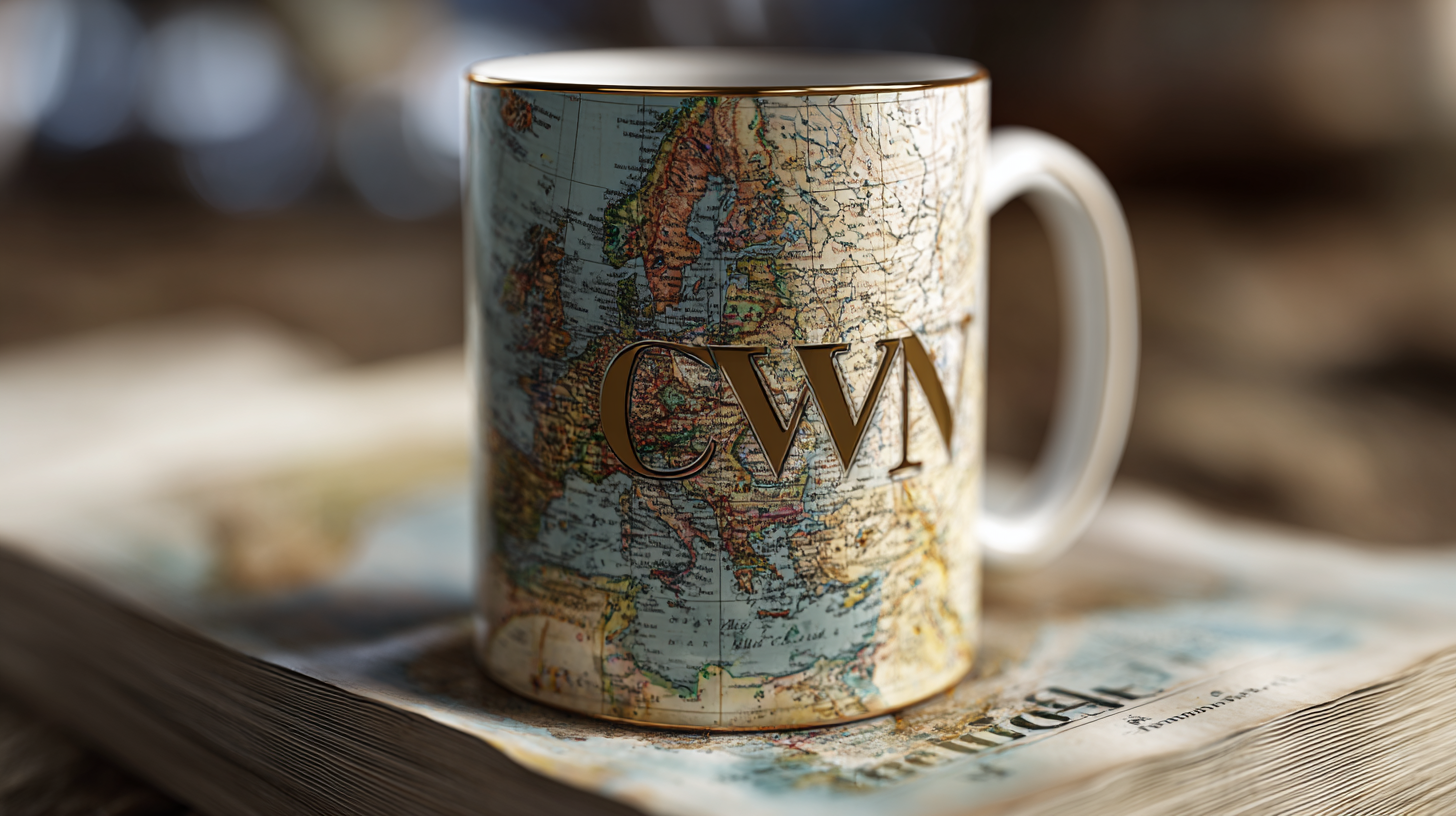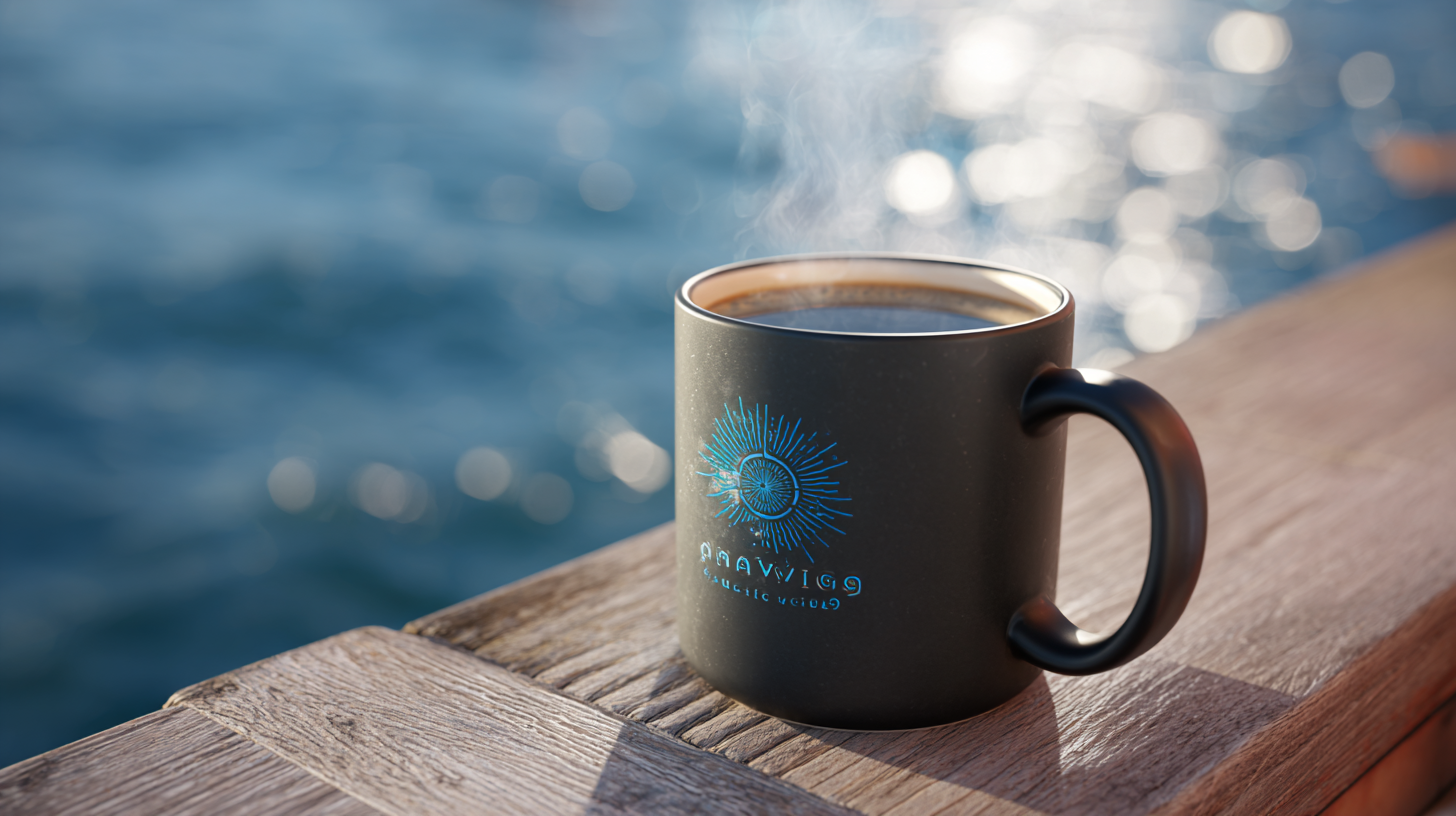

In today's ever-evolving marketplace, savvy buyers are continuously seeking insights to make informed purchasing decisions. The global ceramic mug market is no exception, as it plays a vital role in both personal expression and practical utility. As we navigate the trends anticipated for 2025, understanding the nuances of ceramic mugs becomes essential for consumers who desire to stay ahead of the curve. From innovative designs to sustainable materials, the changing preferences of buyers are shaping the industry landscape. This guide will delve into the key trends influencing the ceramic mug market, offering valuable knowledge for those looking to enhance their collections or make strategic choices for their businesses. Whether you're a casual buyer or an industry professional, this exploration will equip you with the necessary information to navigate the vibrant world of ceramic mugs in the coming years.

As we look forward to 2025, the global ceramic mug market is set to witness a surge in innovative design trends that cater to the evolving tastes of consumers. According to a recent market analysis by Research and Markets, the ceramic mug segment is expected to grow at a CAGR of 5.2%, reaching a valuation of $12.7 billion by 2025. This growth is driven by a shift towards personalization and unique aesthetics in mug design.
Emerging trends in ceramic mug styles for 2025 include a focus on sustainability, with eco-friendly materials and production methods gaining traction. Reports by the Global Industry Analysts highlight that buyers are increasingly favoring mugs produced through sustainable practices, with 44% of consumers willing to pay more for environmentally conscious products. Additionally, artistic glazing techniques and handcrafted finishes are making a comeback, reflecting a desire for individuality and an artisanal touch. Each ceramic mug not only serves a functional purpose but also acts as a canvas for creativity and self-expression, appealing to savvy buyers looking to invest in distinct pieces for their collections.

In recent years, the ceramic mug market has seen a significant shift towards sustainability, reflecting broader consumer preferences for eco-friendly products. Savvy buyers are increasingly seeking mugs made from sustainable materials, such as bamboo, recycled glass, and natural clay. These materials not only reduce environmental impact but also enhance the aesthetic appeal of the mugs, making them a preferred choice for eco-conscious consumers.
Manufacturers are responding to this demand by exploring innovative production techniques that minimize waste and energy consumption, further aligning their offerings with sustainable practices.
Moreover, the rise of eco-friendly ceramic mugs is driven by a growing awareness of the importance of ecological responsibility among consumers. Brands that adopt sustainable sourcing and production methods not only attract environmentally conscious shoppers but also contribute to a healthier planet. Informative labeling and transparent supply chains are becoming essential, empowering consumers to make informed choices.
As more buyers prioritize sustainability in their purchasing decisions, the global ceramic mug market is poised to evolve, making way for a future where style and environmental stewardship go hand-in-hand.
 In the ever-evolving global ceramic mug market, customization and personalization are key trends shaping consumer preferences. As buyers become more discerning, they seek unique mugs that resonate with their individuality and lifestyle. This shift towards bespoke designs reflects a broader demand for products that tell a story and enhance personal expression. Whether it's through customized colors, intricate patterns, or personalized messages, savvy buyers are increasingly looking for mugs that stand out in a cluttered marketplace.
In the ever-evolving global ceramic mug market, customization and personalization are key trends shaping consumer preferences. As buyers become more discerning, they seek unique mugs that resonate with their individuality and lifestyle. This shift towards bespoke designs reflects a broader demand for products that tell a story and enhance personal expression. Whether it's through customized colors, intricate patterns, or personalized messages, savvy buyers are increasingly looking for mugs that stand out in a cluttered marketplace.
Tip 1: When considering a custom mug, think about the color schemes that represent your personality or brand. Choosing colors that evoke certain emotions can make your mug not just a drinking vessel, but a conversation starter.
Additionally, personalization options are expanding beyond just aesthetics. Many brands are now offering technological integrations, such as mugs with built-in temperature control or those that sync with apps to track hydration. These innovations blend practical benefits with a personal touch, catering to the tech-savvy consumer.
Tip 2: Explore local artisans or online platforms that offer customizable mugs. Supporting small businesses not only grants unique designs but may also lead to more sustainable production practices, aligning your purchase with eco-conscious values.
The global ceramic mug market is witnessing significant technological innovations that savvy buyers must be aware of as we approach 2025. With a growing emphasis on sustainability, manufacturers are increasingly integrating eco-friendly materials and production processes.
Recent moves in packaging technology highlight a trend toward compostable and recyclable alternatives. This shift is not only applicable to Starbucks' new cup designs but is also influencing how ceramic mugs are crafted and marketed. Many brands are experimenting with sustainable glazes and materials that reduce environmental impact while enhancing product appeal.
Additionally, innovations in design and functionality are set to redefine consumer expectations. As smart technology permeates everyday items, ceramic mugs are no exception. Developments in smart ceramic products, which can maintain temperature or sync with smart home devices, are emerging.
Such advancements provide consumers with features that extend beyond aesthetics, enhancing the overall drinking experience. The intersection of technology and design in the ceramic mug market offers a rich landscape for informed buyers looking to invest in products that align with their values and lifestyles.
As we delve into 2025, consumer preferences are playing a pivotal role in shaping the global ceramic mug market. According to a recent report by MarketsandMarkets, the ceramic mug market is projected to reach approximately $14 billion by 2025, with a compound annual growth rate (CAGR) of 4.8%. This growth is significantly influenced by heightened consumer awareness regarding sustainability and artisanal craftsmanship. Shoppers are increasingly favoring products that are not only functional but also eco-friendly and aesthetically pleasing, pushing manufacturers to innovate and deliver unique designs.
Moreover, the rise of specialty coffee culture has further driven ceramic mug sales, with 62% of consumers indicating a preference for ceramic over plastic or glass options due to health and taste considerations. Data from Statista highlights that 55% of surveyed consumers are willing to invest more in high-quality, sustainable ceramic products, reflecting a shift towards long-term investments rather than disposable alternatives. As brands pivot to meet these preferences, personalized and customizable ceramic mugs are also gaining traction, catering to the growing demand for individuality in consumer goods.
This chart illustrates consumer preferences driving ceramic mug sales in 2025. The data reflects the percentage of consumers prioritizing different features when purchasing ceramic mugs.
